1. Komodo Dragon
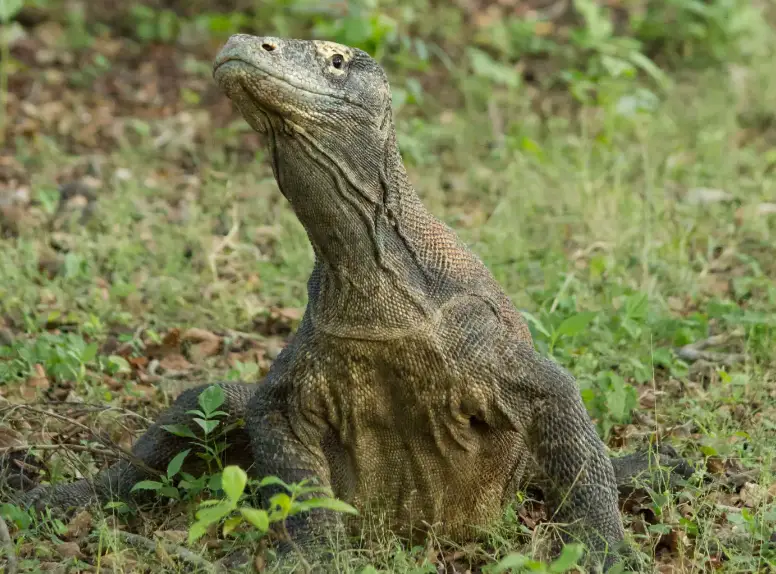
The largest lizard alive today, Komodo dragons share a common ancestor with reptiles from around 100 million years ago. Their powerful bites, venomous glands, and hunting skills have allowed them to become dominant island predators.
2. Coelacanth
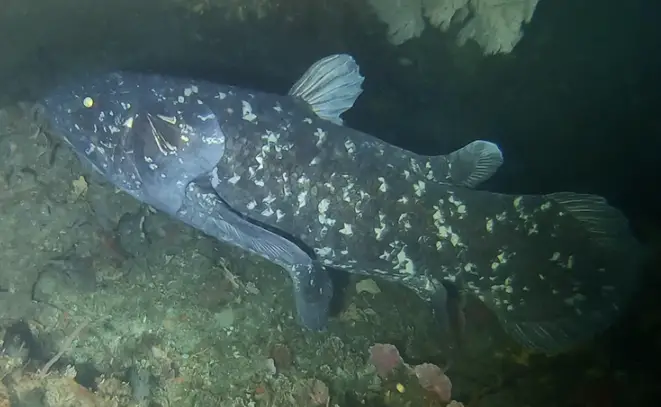
Once thought extinct, these “living fossils” were rediscovered off the South African coast in 1938. Coelacanths have changed little in over 400 million years, with unique lobed fins that give hints to early stages of vertebrate evolution.
3. Crocodile
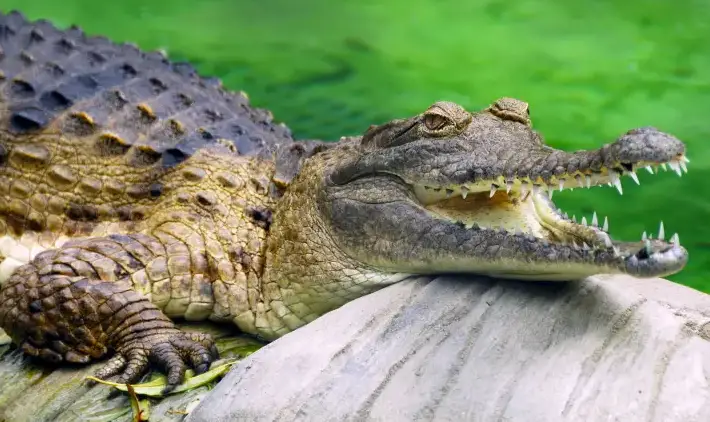
Crocodiles date back to the age of dinosaurs and have survived for over 200 million years, thanks to their highly efficient physiology. Their powerful bite, incredible tolerance for different environments, and ability to go months without food are traits that have helped them thrive.
4. Nautilus
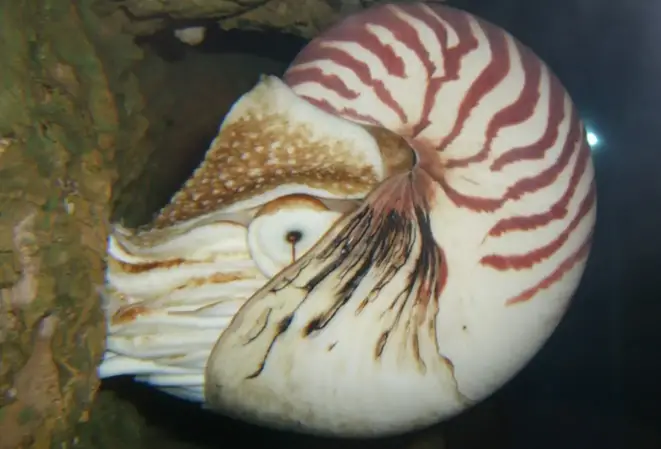
With their beautifully coiled shells, nautiluses are virtually unchanged from their form 500 million years ago. These marine creatures are masters of deep-sea navigation, using air-filled chambers within their shells to float effortlessly.
5. Sturgeon
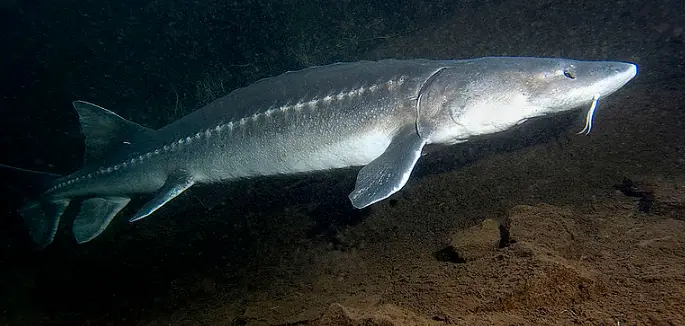
These ancient fish look much the same as they did 200 million years ago, with their distinctive bony plates and elongated bodies. Sturgeon are also incredibly long-lived, with some species reaching over 100 years old.
6. Tuatara
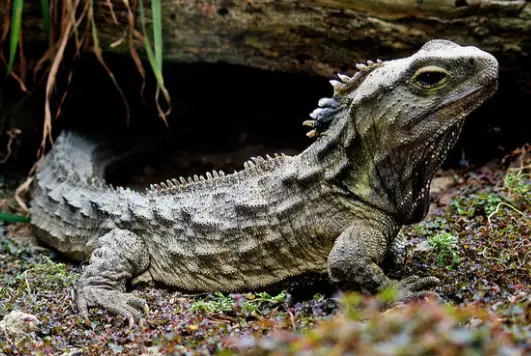
Native to New Zealand, the tuatara resembles a lizard but is actually the only surviving member of an ancient reptilian order that dates back 250 million years. They have a “third eye” on top of their head, a unique feature rarely seen in other vertebrates.
7. Jellyfish
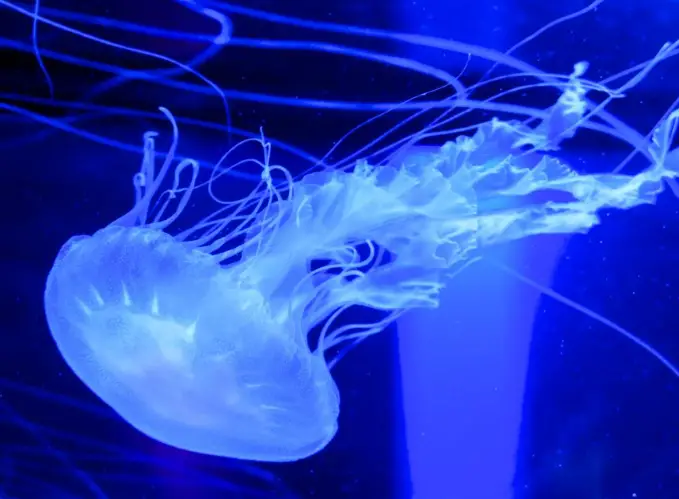
One of the oldest multicellular organisms on Earth, jellyfish have roamed the seas for over 500 million years. Their gelatinous, adaptive bodies allow them to survive in a variety of environments, from shallow waters to the deep sea.
8. Lamprey
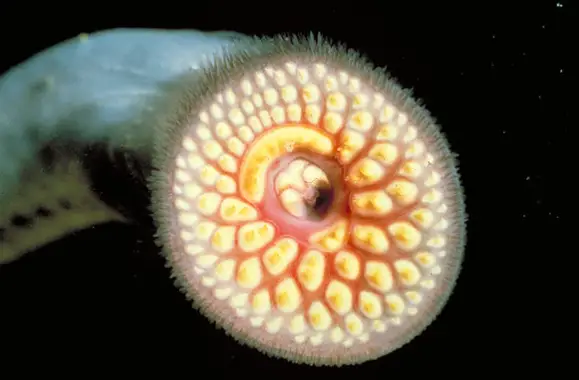
These eel-like fish have a distinct circular, sucker-like mouth lined with sharp teeth. They’ve been around for about 360 million years, and their primitive, jawless form resembles some of the earliest vertebrates on record.
9. Goblin Shark
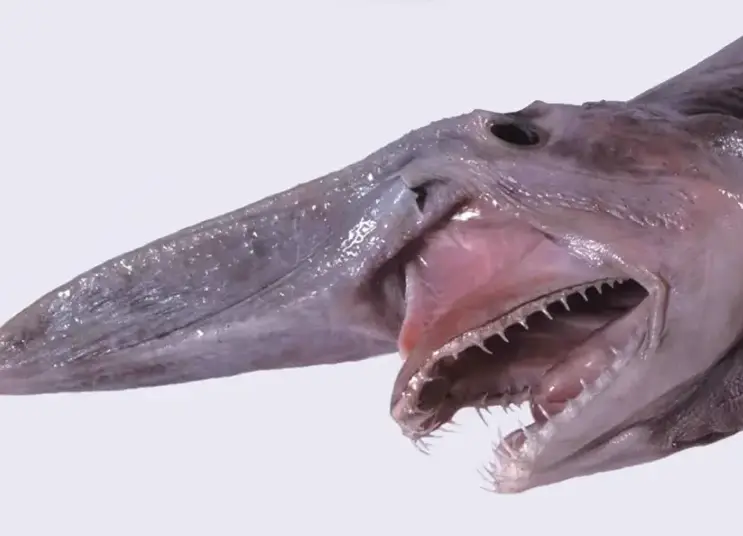
Known for its terrifying, elongated snout and protrusible jaw, the goblin shark has remained mostly unchanged for around 125 million years. They are rarely seen, living in deep-sea environments that shelter them from modern changes.
10. Platypus
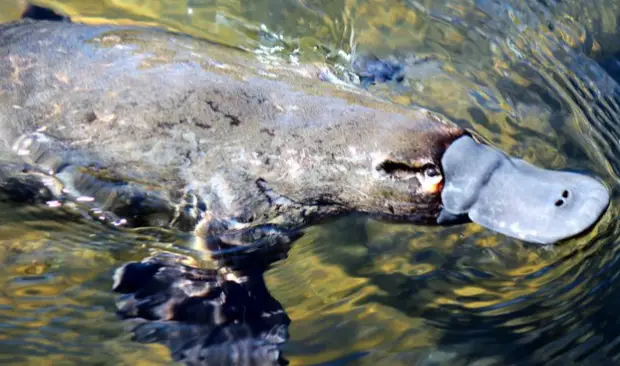
With a bill like a duck, webbed feet, and a tail like a beaver, the platypus may look strange, but it’s been around in nearly the same form for over 120 million years. It also retains some primitive features, like laying eggs instead of giving birth.
11. Scorpion
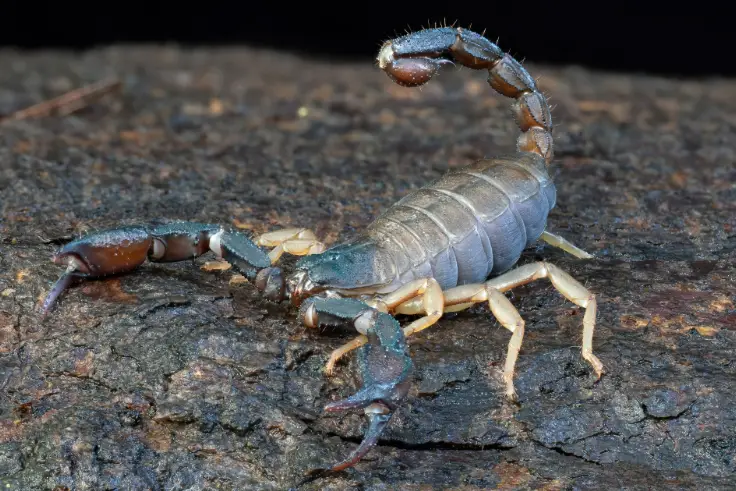
Scorpions have existed in nearly the same form for over 400 million years. Their tough exoskeleton, venomous sting, and predatory instincts have kept them among the planet’s top survivors since prehistoric times.
12. Frilled Shark
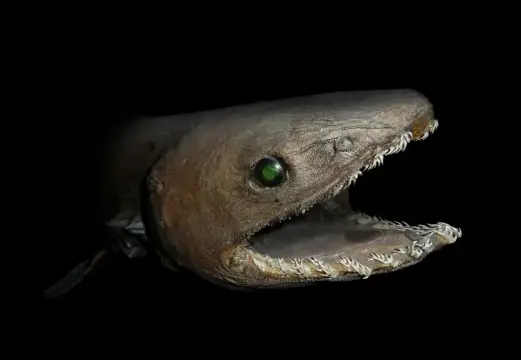
With a body and gills that look more like an ancient eel than a modern shark, the frilled shark has changed very little in about 80 million years. Its primitive features include a long, slender body and multiple gill slits, harking back to its early ancestors.
13. Horseshoe Crab
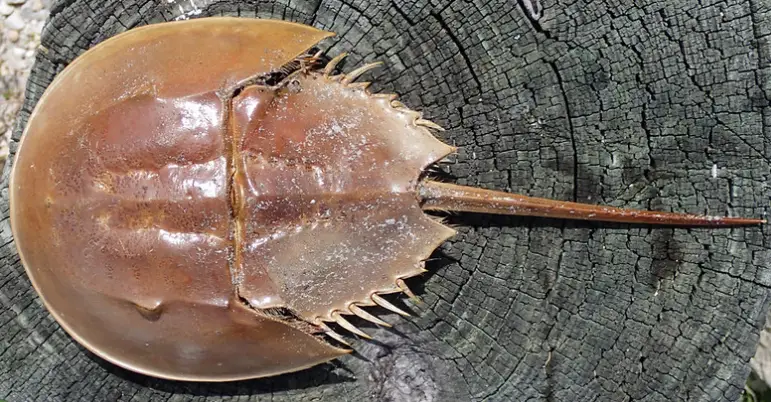
These ancient arthropods have been around for about 450 million years and look strikingly similar to their prehistoric relatives. Their blue blood, used in modern medicine, is a remarkable survival trait that’s helped them outlast countless species.
14. Okapi
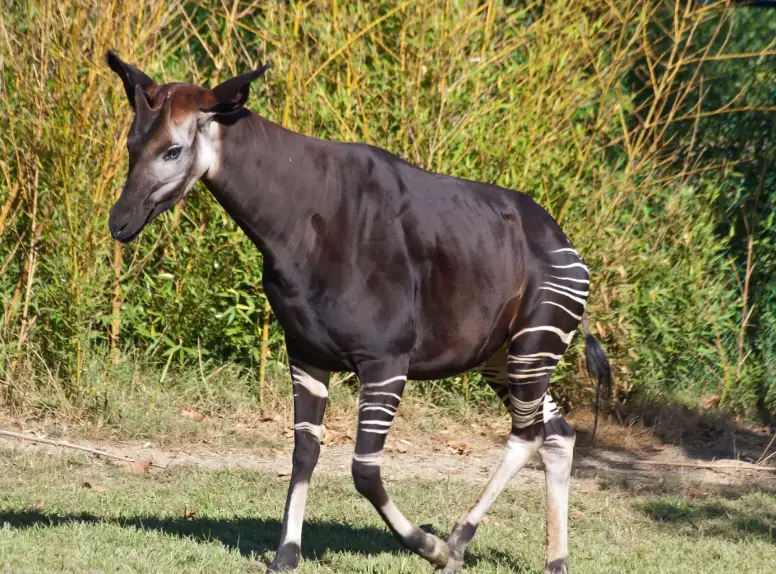
Closely related to giraffes, the okapi has been around since the Miocene epoch, about 18 million years ago. Its camouflage patterns and unique physical traits—like a long, prehensile tongue—have allowed it to survive in dense forest habitats.
15. Hagfish
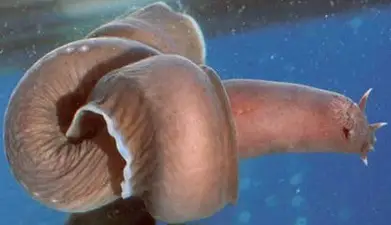
Known for their ability to secrete huge amounts of slime as a defense mechanism, hagfish have been around for approximately 300 million years. Their jawless mouths, lack of vertebrae, and unique way of burrowing into dead animals set them apart from nearly every other creature today.


